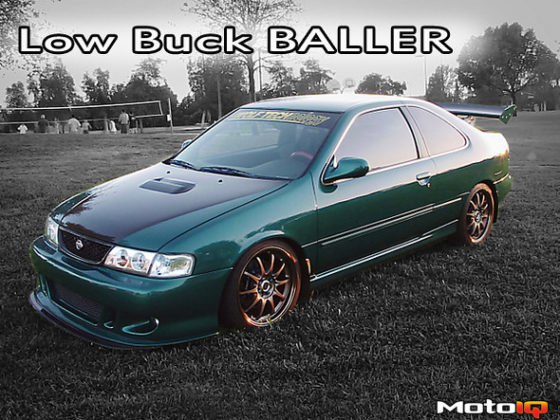Mostly because of the smallness of the media, WPC does not affect the dimensions of a part. WPC does not damage delicate machined surfaces. WPC can be applied straight to areas where dimensional control and surface finish is critical, such as bearing bores, pistons, cylinder bores, camshafts, crank fillets, valve bodies, cam followers, valve stems, valve springs, seal surfaces, axle splines, CV joints etc. In our opinion, this is a huge advantage over shot-peening whose severe stress and abrasive action can literally damage surface finishes and blast-distort parts. Due to the light mass of the media, WPC can be used for fragile dimensionally critical parts such as piston rings and even plain bearings. Amazingly, every metal engine part can benefit from WPC treatment without fear of damage.
Another big advantage that WPC has is a big reduction in friction. The WPC process leaves an extremely fine dimpled surface on the treated surface. The WPC media is so fine that the surface dimpling cannot be seen with the naked eye and can only be observed with a microscope. The micro dimpled surface is one of the secrets to why WPC works so well. WPC’s micro dimpled surface helps reduce friction in three ways. First, the dimpling helps maintain an oil film which reduces metal to metal contact. Second, the dimpled surface helps reduce contact area in general to reduce friction. Third, WPC creates a slippery hard surface with anti friction and extreme pressure materials embedded into it.

These properties make the WPC treatment an excellent process for treating cylinder bores, pistons, rings, wristpins, gears and anywhere reduced friction can help. Test data by a major OEM manufacture has shown that WPC treatment of pistons can reduce friction and wear of pistons by two fold over the best skirt coatings. Recent testing by a major forged performance piston manufacture has also shown WPC to be more effective to the reduction of skirt wear and scuffing over any coating presently on the market.

WPC treatment of pistons, cylinder walls and rings has shown to provide tremendous advantages in friction reduction, life between rebuilds and ring seal. Many race teams have documented double the amount of time between having to rebuild or freshen engines. This is alone a huge cost savings for today’s cash poor budget strapped race teams.
WPC treatment of plain bearings has also shown to be very beneficial. Even though bearings are made of soft metals such as aluminum, lead, tin and zinc, they can be WPC treated with no change in dimension. The treated bearings show a reduction in friction and an improvement in fatigue strength to where their load bearing capacity has improved up to 20 percent!

WPC treatment has proven to work well on solving problematic transmission issues as well. WPC can obviously be applied to the gears, syncros, splines and shafts. It can also be applied to cases and housings. WPC has found that some cases of transmission gear failure in some cars can be traced to flex in the transmission case which allows the gears lash to change under load. WPC treating the case reduces this and transmission life is improved. Take note of this for your transfer case, EVO owners. DSM owners and builders of the WRX and Sentra SE-R should pay attention here as well. Transmission and differentials treated with WPC run cooler and shift smoother with less friction and power loss.




7 comments
Hey MotoIQ, the images for this article are broken.
Thanks for letting us know! It’s all fixed now and we’ve also added a couple videos at the end.
I’d love to know your thoughts on the differences between WPC and WS2?
hey motoiq
We college students need this material in our project, can you help or contact us?
Contact WPC, we do not own or manage the company, we just used the process as a customer!
How does DLC vs REM vs WPC compares?
DLC is a coating, WPC is a surface treatment.